By Bo Hanson – 4x Olympian, Coaching Consultant & Director of Athlete Assessments
Recently both Mal Meninga and Michael Hagan (Respectively Head Coach and Assistant Coach of the Queensland Maroons Rugby League Team) spoke at a high-performance Coaching Conference and shared their insights into how succession planning in sport can contribute to the success of a team. As this year the Queensland Maroons will be aiming for a record seventh consecutive State of Origin Title, their words of wisdom are valued insights into effective succession. Mal Meninga commented that only 21% of all players registered with the National Rugby League are Queenslanders. With New South Wales boasting double the registered players, both coaches stressed the importance of developing depth within their squads and grooming players for specific positions when turnover inevitably occurs.
It is well documented that the talent of Queensland’s current backline has facilitated their six successive titles. However, as Michael Hagan spoke of the significant planning implemented by the Queensland Coaching staff over the last seven years, it became evident of how their successful strategies for planning for succession has allowed this team to grow into the powerhouse it is today.
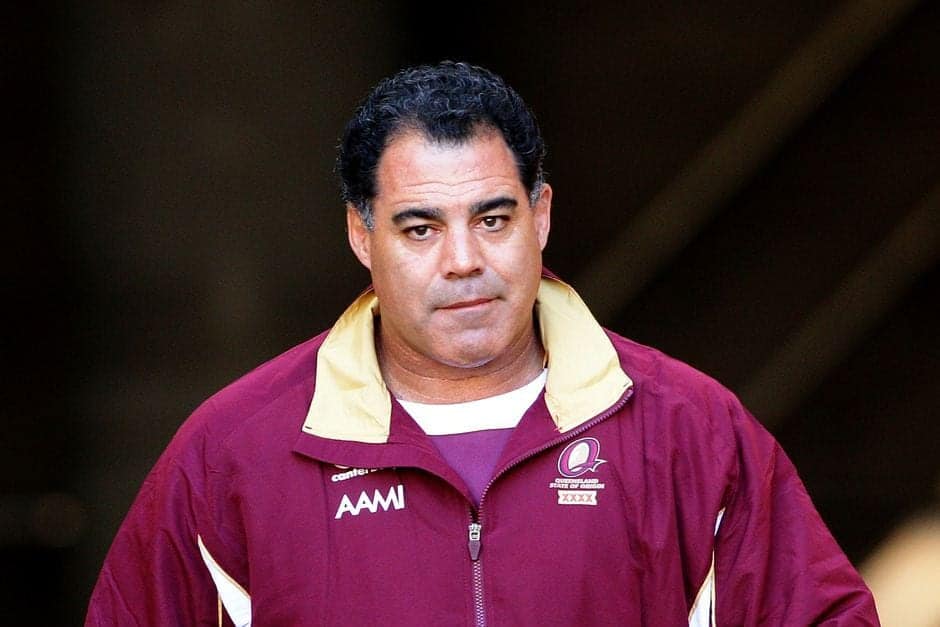
A succession plan is equally important for both key athletes within a team as well as the coaching staff. In many instances successful teams have come undone when coaches leave suddenly, and there is no succession plan in place. The scramble to find a suitable new coach can create an unstable environment for the team as they attempt to adapt to the new coaching style. Similarly, if a key player such as a Captain leaves a club suddenly, a hurried replacement decision can cause rifts within the team or needless setbacks if a succession plan was not already in place.
With a well-executed Coach Performance Review, planning for succession is that much easier. Find out more Now!
We thought it might be useful to provide our own Six Steps for Successful Succession Planning in Sport
1) Identify Key Positions and Players
Though many key positions are obvious and usually come with a specific title (Head Coach, Captain etc.), it’s important to also analyse and groom players for roles which do not have a title attached. If this is your first time considering a succession plan it may be helpful to look at your top five players. Analyse what you would be missing if you lost them, and how you would go about replacing them. It is vital at this point to look beyond their technical skills and playing position to what they bring to the team as a whole. An athlete who is a key communicator is a good example of an essential position which does not necessarily have a title. At this point it may also be valuable to roughly estimate how long you have before an athlete may move on. This can be as simple as when their contract expires, or generally how close they are to retirement.
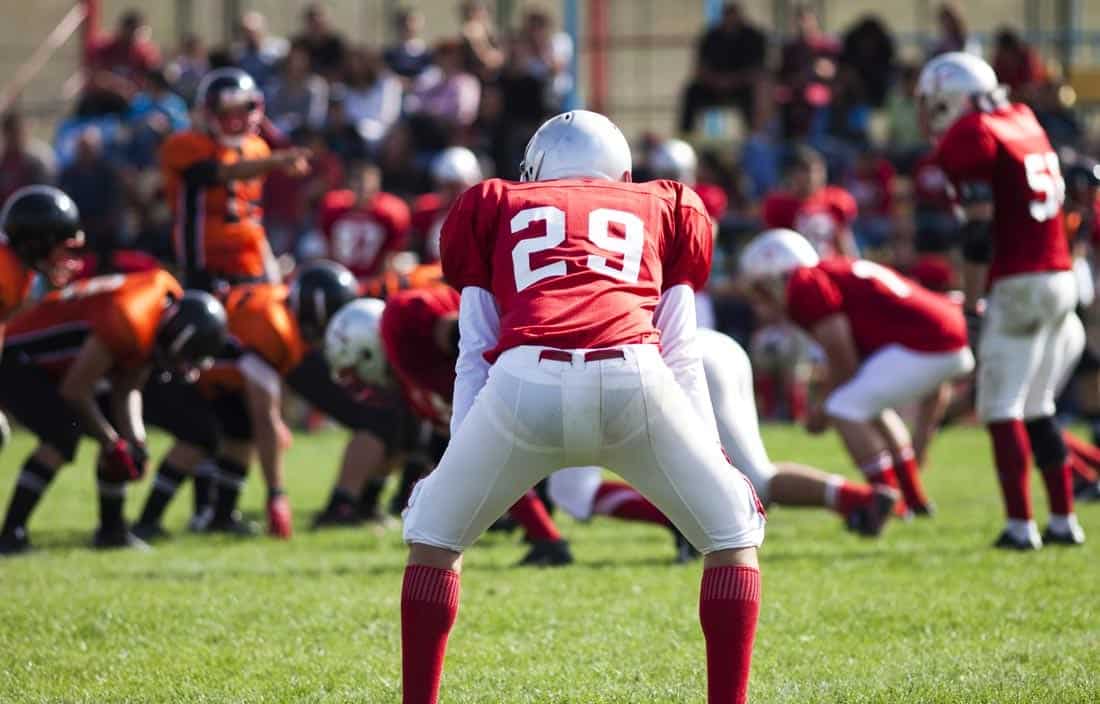
2) Determine Required and Preferred Skills
When determining the required and preferred skills for the identified positions, it is important to groom them for a role beyond just their technical position. It is important not to limit the training a talented athlete receives to just improving their technical or physical skills. When you identified the key positions and players, you noted what other roles they performed i.e. a key communicator. It is wise to think about what skills your current Captain or Coach has and which of these skills you deem as vital or preferable for the eventual successor. Listening, communication, team abilities, self-management and discipline are all examples of skills which athletes may possess beyond their technical position (This is covered in greater depth in our article on Your Athlete’s Value Beyond their “Position“)
3) Locate and Consider Possible Successors
When locating and considering possible successors it can be helpful to start by first identifying the most obvious candidates. Utilizing talent scouts at this point is invaluable but it is also important not to rely entirely on scouts, and this will be covered in the next step. Compiling a “talent pool” list with emerging players or coaches who could be considered as possible successors is often a good start. At this point try to avoid pigeonholing a specific player for a specific succession but rather a group of athletes who you believe all have the ability to be successful at a higher level. The Maroons have excelled at this point, with their annual Emerging Origin Squad. This squad, usually consisting of around fifteen players, has been used with significant success to feed into the State of Origin team. In 2012 New South Wales have also named an inaugural Emerging Blues Origin Squad consisting of twenty three players which they hope will boost their success in the same way the Queensland’s has over the past seven years.

4) Involve Key People in the Club or Organization
As mentioned in step three, it is important when locating and developing talent to not rely only on the input of talent scouts. Although their insights into up and coming players is priceless, the contribution of many key people from throughout the club or organization will create a well-rounded, and unbiased identification of talent. First of all, it is vital that the opinions of the coaching staff and team management are taken into account. However, input from less obvious sources can also be invaluable. Sometimes the opinions of the athlete to eventually be replaced can be unique, as they will have definite ideas about what skills an athlete would need to replace them, and who might have the ability to do so. This is often seen in professional services, where lawyers are rewarded for bringing top quality candidates into their firm. The collaboration of ideas from many sources will allow for a less biased consideration of all the players in the talent pool you are contemplating for the succession.
5) Commit to Developing Existing and Future Talent
Committing to the development of existing and future talent is vital for any succession plan. There are many sources where future talent is developed. This can be anywhere from College Holiday Camps, Feeder Clubs, Representative Sides, the list will vary greatly with the sport you are finding talent for. It is important when looking to develop existing and future talent to foster the relationship between your club and feeder clubs or talent filled regions. It can be helpful at this point to use your top players as a marketing tool within these clubs and regions to encourage the young talent join your specific talent pool or feeder club.
Once you are in a position to cultivate the existing and future talent within your club, it will not only be the technical skills, and role beyond their technical skills you will be developing. As Michael Hagan said, it is all about “getting them in the system”. Once they have been funnelled into the development squad, they will not only be improving their technical skills or working on their communication skills. They will also be exposed to the culture, language, and set plays of the club and be able to be influenced by senior players. This exposure will be extremely helpful when developing leadership within the emerging team, as well as demonstrating to the athlete what is expected at a higher level at the club.
It can also be helpful at this point to think outside the box when developing leadership skills. If you believe a junior athlete may be an effective leader eventually, but they do not have the opportunity to develop their leadership at this point, it may be helpful to allow them to mentor a younger team. Allowing a younger player to shadow one of your top players in a similar role may also help to develop their talent.
6) Become a Club of Choice
In business it is well understood that becoming an ‘employer of choice’ significantly improves the ability for the organization to attract a higher quality of prospective employees. It also allows for higher workforce retention, increased loyalty, and greater stability. Becoming a club of choice is a similar concept. If you are a club of choice, you will find your athletes will have greater loyalty, be less likely to be drawn to other clubs, and will feel more stable. You will also notice that you will not have to work as hard to draw the higher quality emerging talent into your development squads and retain them. This is a long term strategy, but will make your succession planning in sport easier by improving your overall talent pool. If you are interested, we discussed the value of becoming a club of choice in our article on “It’s not all about the Money in the War for Footballers“.
Summary
Succession planning is a valuable but somewhat underused concept in sport. Rather than a panic-driven effort to fill vacancies as they occur, succession planning emphasises a commitment to long term strategic planning to meet talent needs. If utilized effectively, like Mal Meninga and Michael Hagan have done with the Queensland Maroons, it can help to create powerhouse teams who have the ability to win convincingly for successive years, even when top quality players are turned over.
At Athlete Assessments, we’re here to provide you with excellence in service and here to help you be your best. If there is anything we can assist you with, please Contact Us.


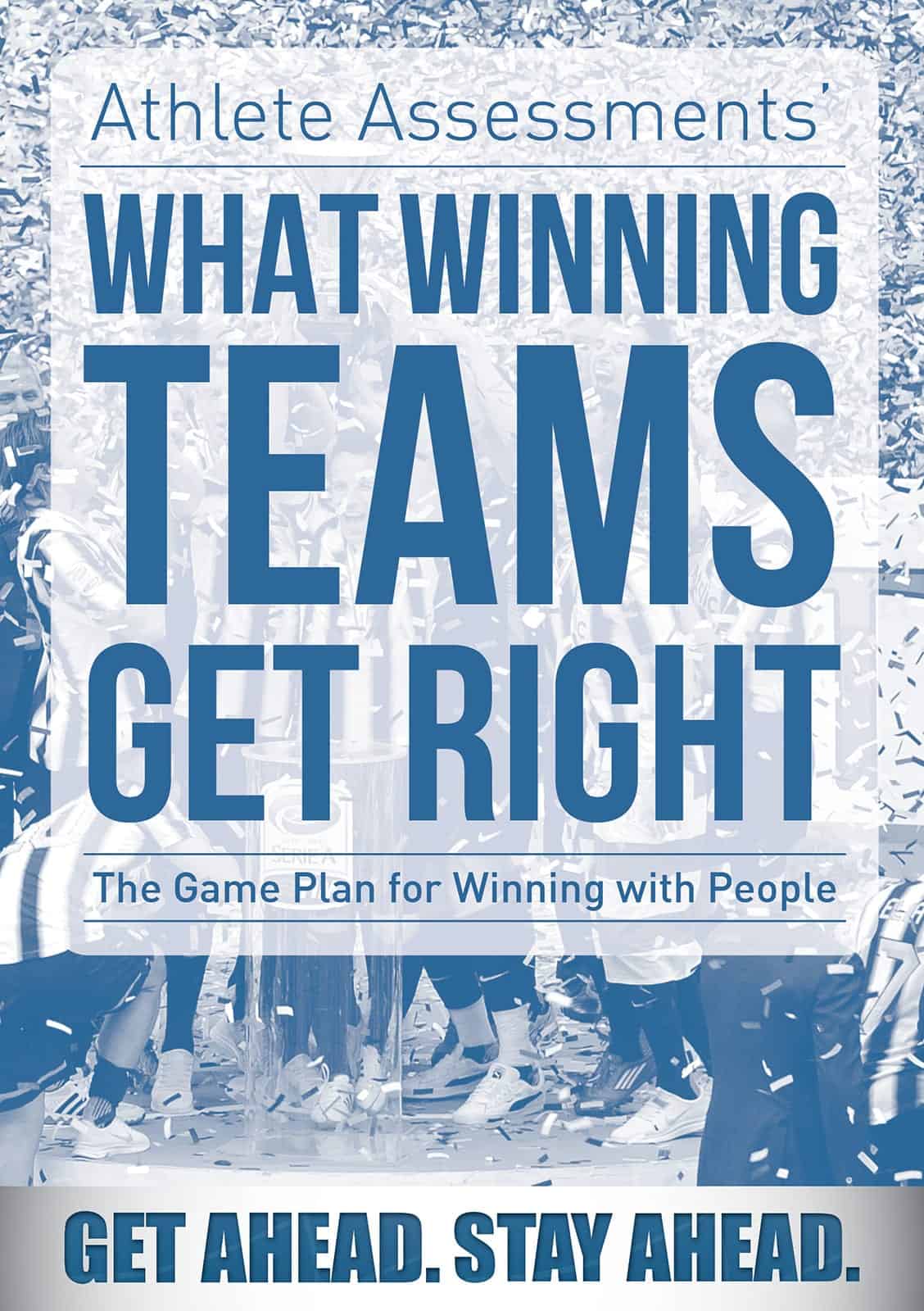

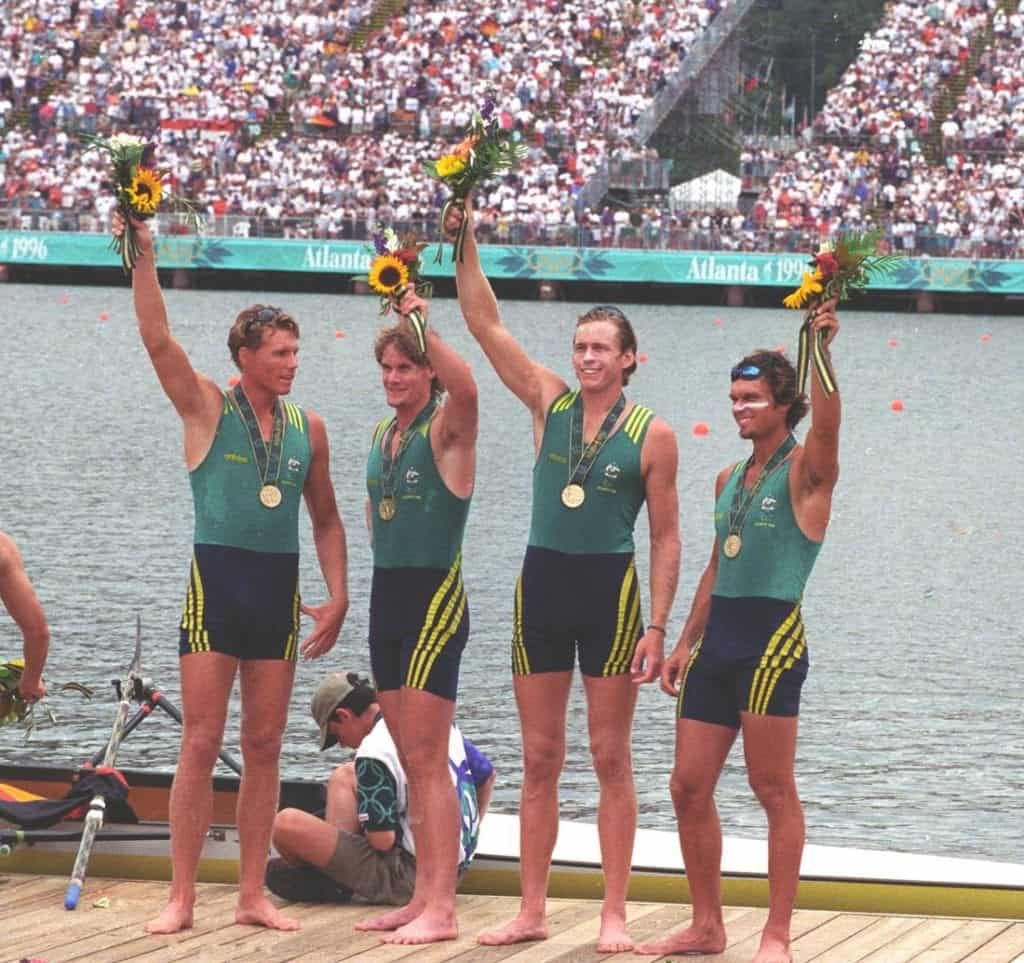
1 thought on “6 Steps for Successful Succession Planning in Sport”
I too believe so, perfectly pent post!